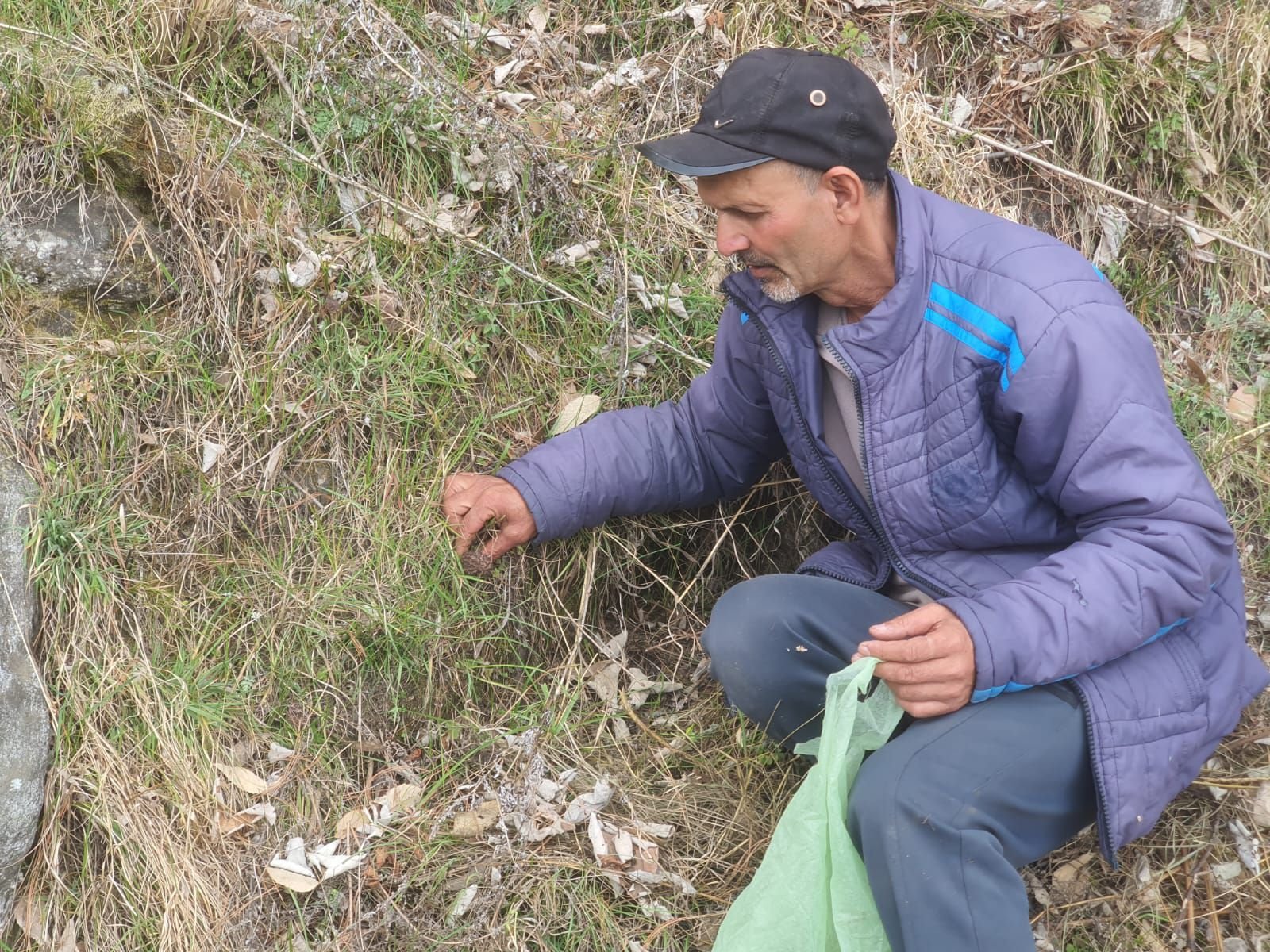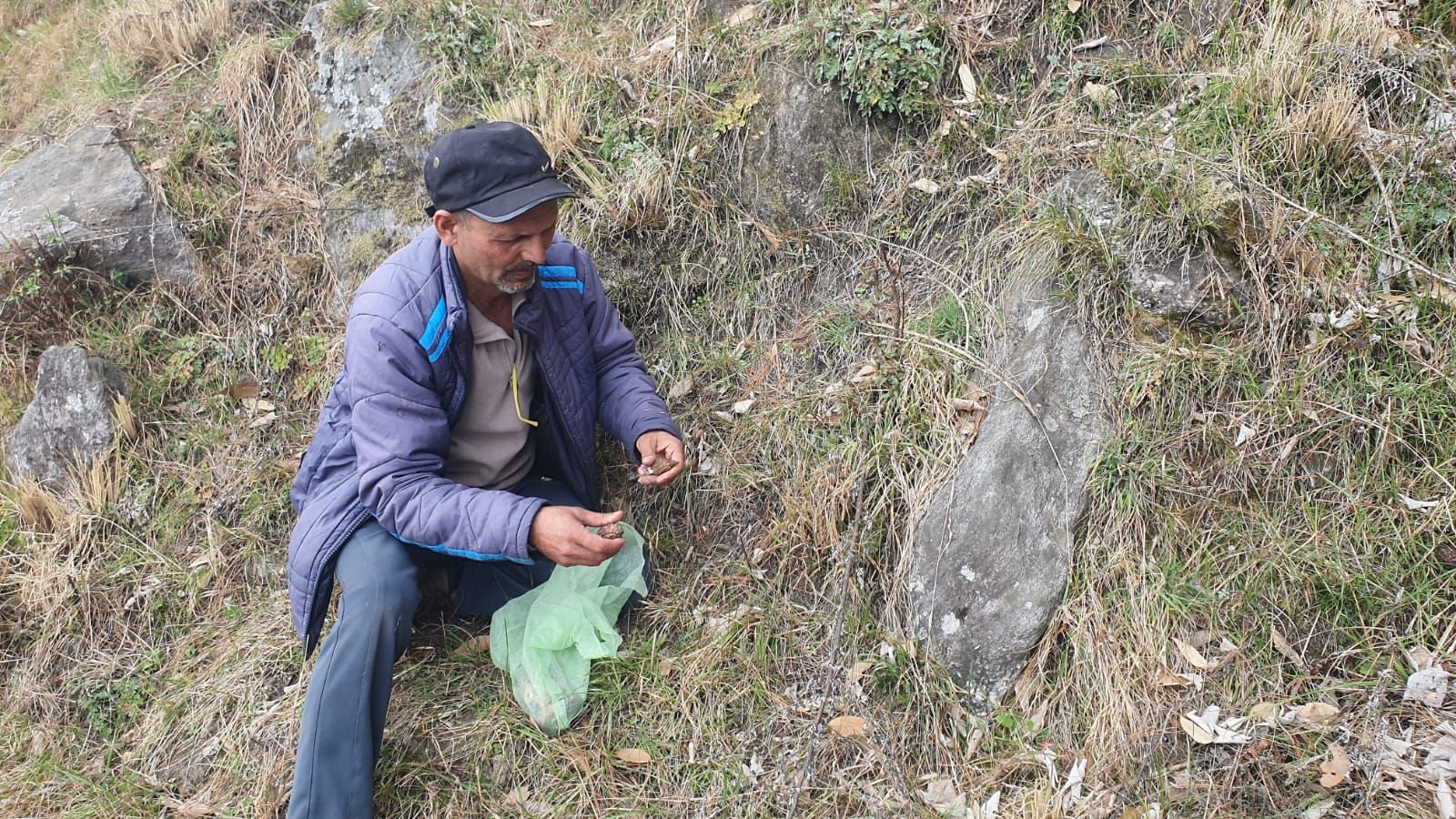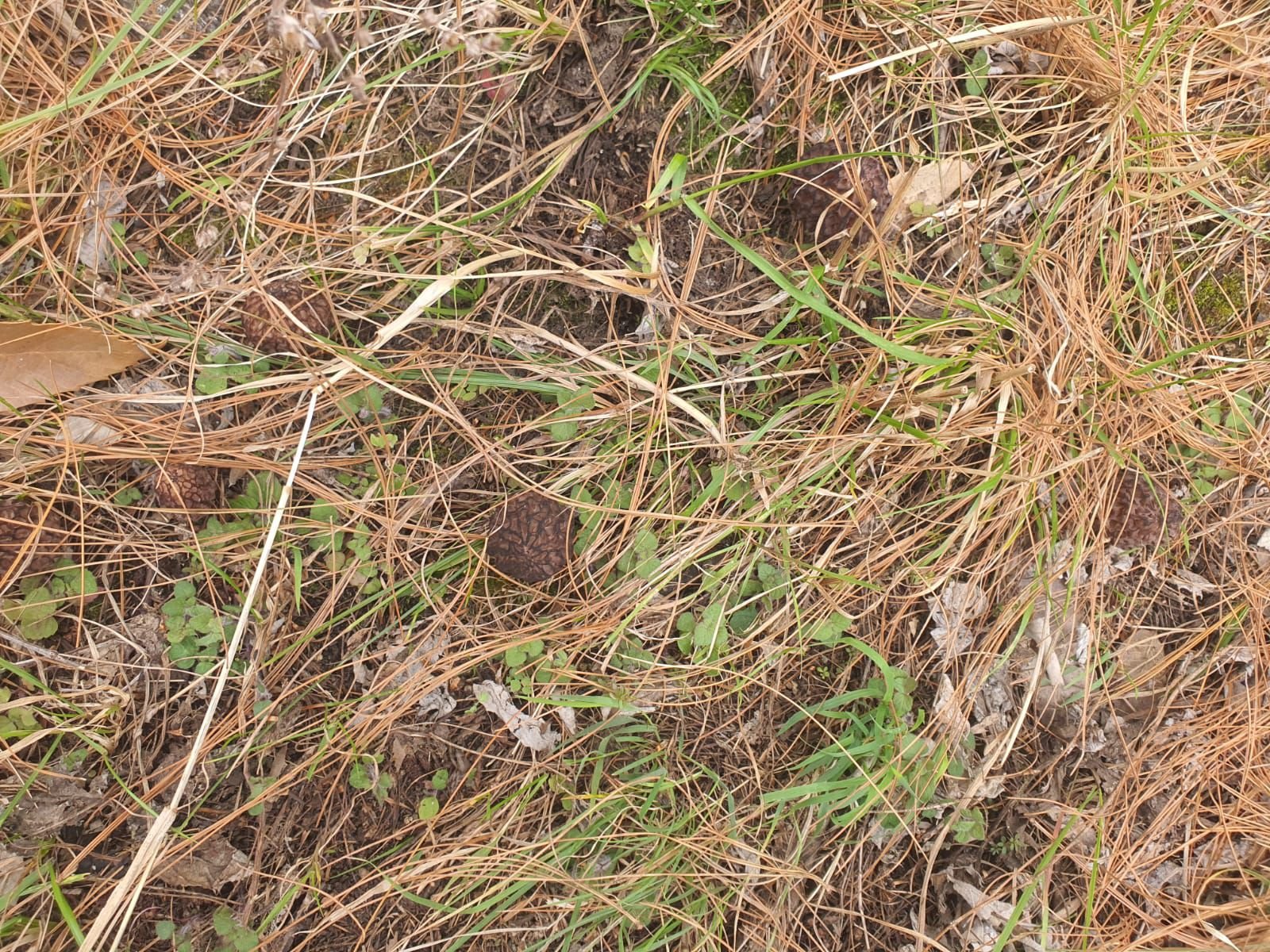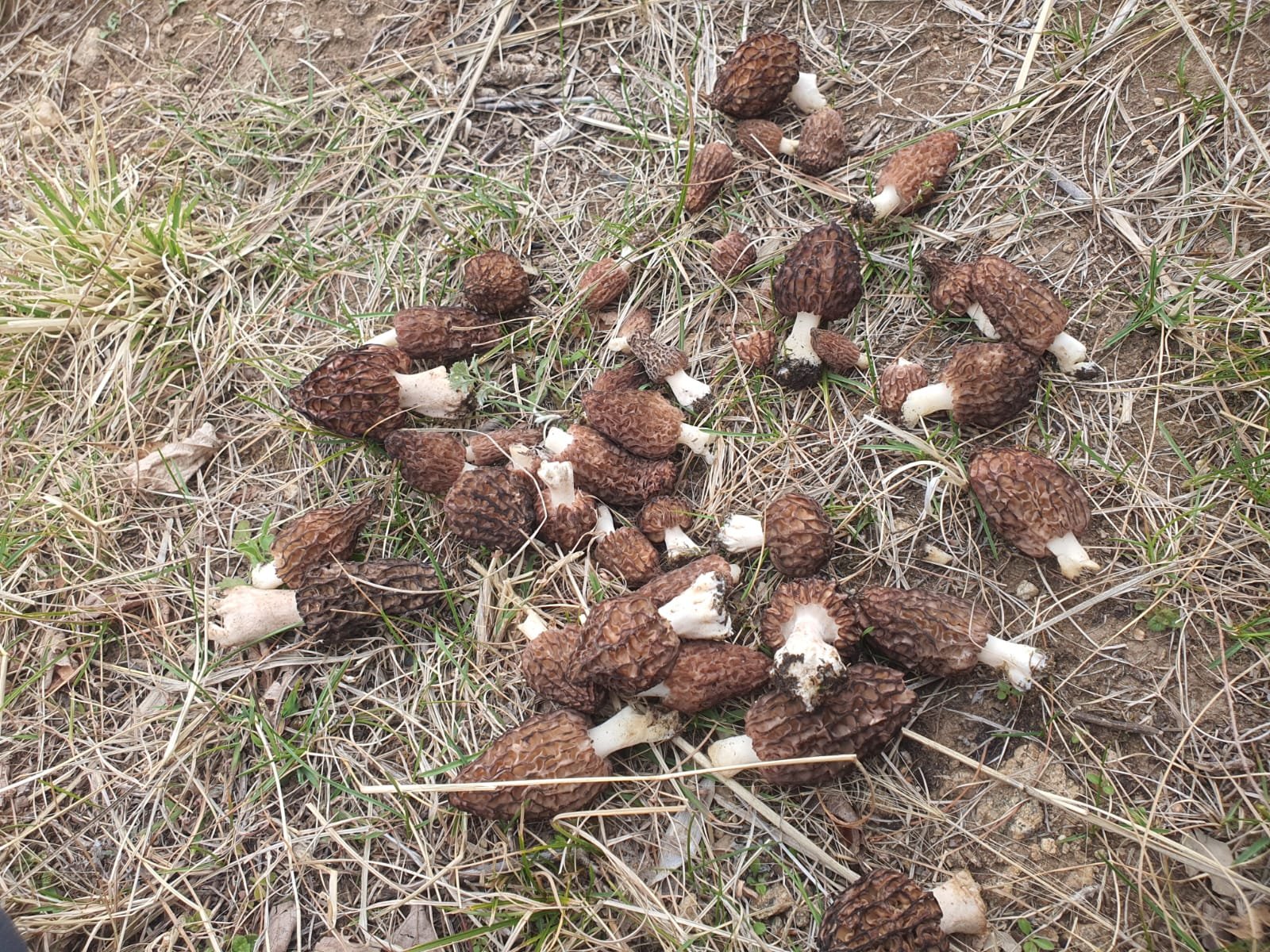Kinnaur , Bisheshar Negi
One of the world’s most expensive and medicinally rich wild vegetables—Morel mushrooms (scientific name Morchella esculenta)—is witnessing a drastic decline in growth this season due to unfavorable weather conditions. Locals who rely on collecting these mushrooms from forests to earn a living are left disappointed as sightings are minimal across the region.

Morels, locally known as gucchi, typically grow in the spring season in the higher altitudes of North India, especially in Himachal Pradesh, Uttarakhand, and Kashmir. However, a lack of adequate soil moisture and erratic weather patterns have significantly impacted their natural growth this year.In defferent part of the state and remote villages around Rampur and Kinnaur, morels go by various names—janchuch, jamchu, chau, chhatri, and dunghru. For many economically backward families, especially in these hilly regions, collecting morels from forests is a seasonal livelihood.

These mushrooms are sold at premium prices ranging from ₹10,000 to ₹30,000 per kilogram in the market, particularly to luxury hotels and gourmet kitchens. They are also widely used in traditional medicine.According to experts, morels are free from carbohydrates and packed with protein, fiber, vitamins, and antioxidants. They are believed to help treat heart disease, neuropathy, obesity, and even seasonal colds. Once dried, morels can be preserved for months and used both as food and medicine.
Dr. Sumesh Katoch, an Ayurvedic specialist, says,
“Morels are nature’s precious gift. They grow naturally in the high-altitude forests during spring and are highly effective in treating digestive ailments. They hold immense value in Ayurvedic medicine.”Local residents echo similar concerns over the decline in this natural treasure.Chetan Pakla, a resident of Darkali village, shares,
 “The weather this year has been highly unfavorable. Due to the lack of rain and ideal cold, we’re hardly finding any morels in the forests. This has severely impacted our seasonal earnings.”Ratan Chand from Choura village, adds,
“The weather this year has been highly unfavorable. Due to the lack of rain and ideal cold, we’re hardly finding any morels in the forests. This has severely impacted our seasonal earnings.”Ratan Chand from Choura village, adds,
“Despite living in high-altitude areas, the morels are just not growing this season. We rely on them for both income and home remedies.”Het Ram, another local, says,
“We have to walk for miles into the forests to find even a few morels this year. The limited rainfall has directly affected their growth. These mushrooms are also used in making important medicines.”Traditionally, it is believed that a combination of rainfall and thunder in spring brings out a better morel crop. But with changing weather patterns, this unique wild delicacy is becoming harder to find—posing not only ecological concerns but also affecting the livelihoods of many hill families.




















